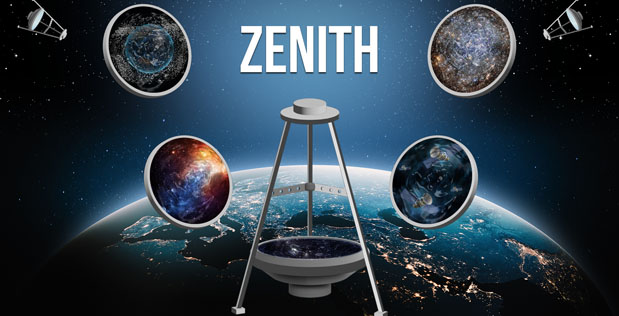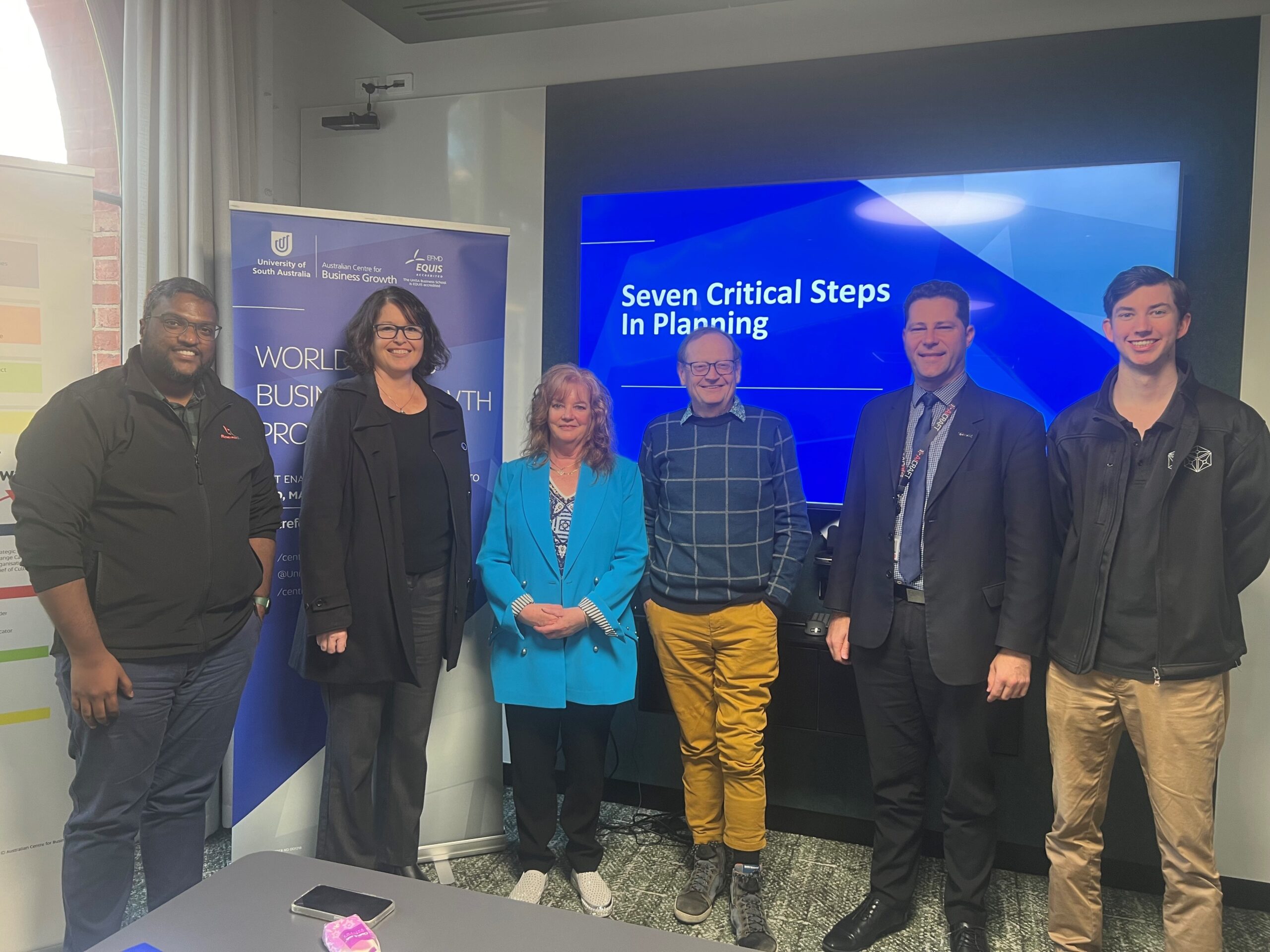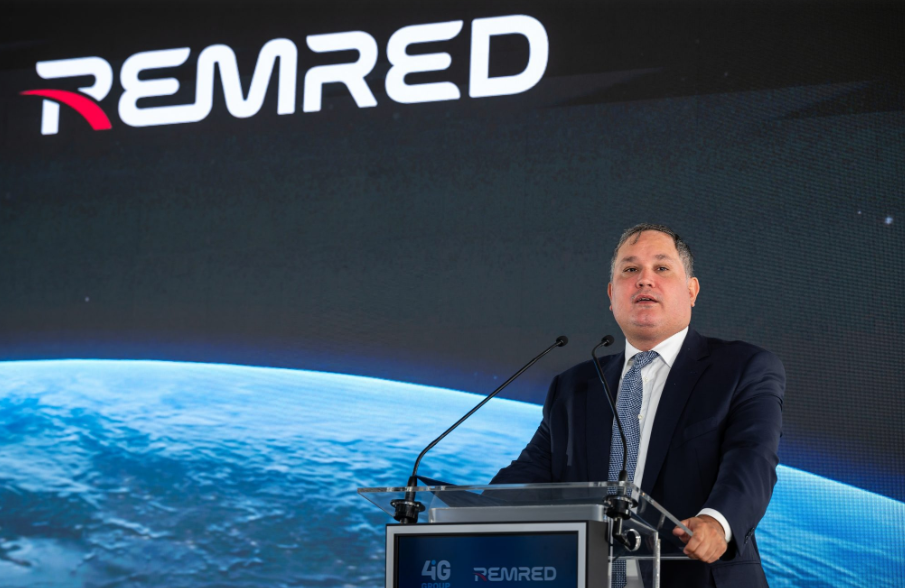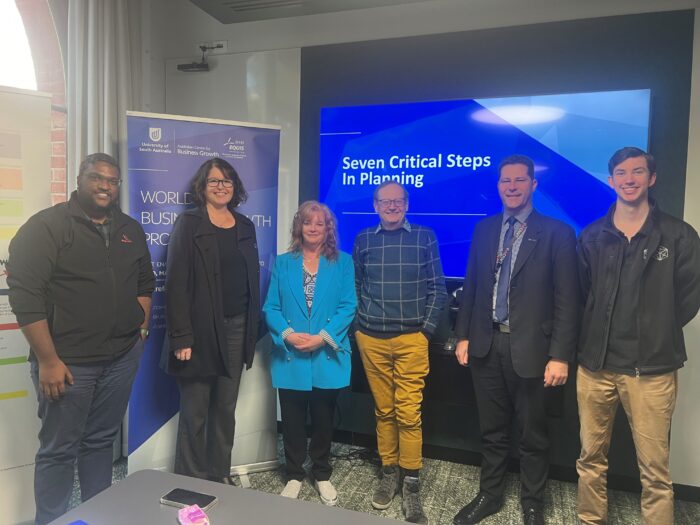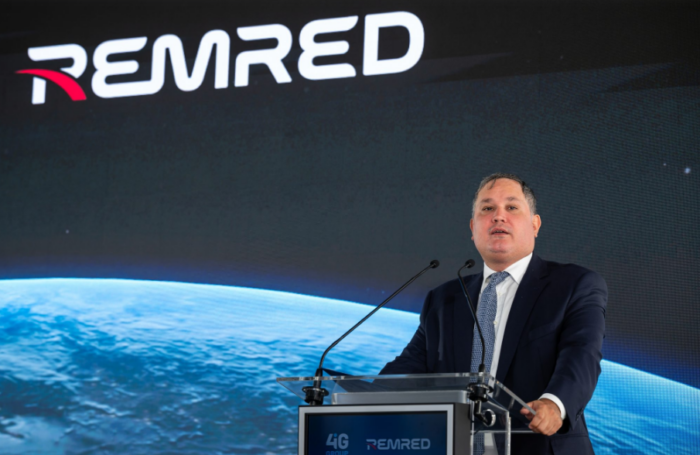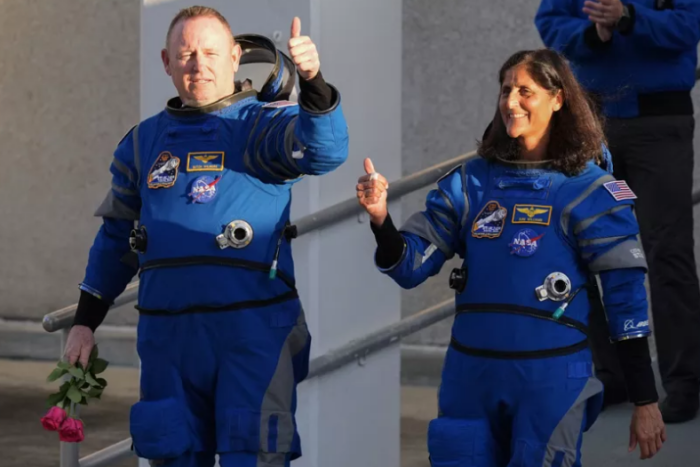Brief:
- DARPA aims to build scalable, damage-resilient liquid mirrors to support future ground, space systems.
- Zenith is a four-year program comprising three phases.
- The third phase anticipates expanding a primary liquid-mirror into a fully functional optical telescope demonstration to prove end-to-end imaging capability.
NEWS RELEASE — January 23, 2023 – Today’s glass-based ground and space telescopes are limited in their ability to provide resolved imagery of objects in geostationary orbit, 36,000 kilometers above earth. The cost to build and maintain complex optics large enough to effectively track items at that distance is prohibitive. Another key limitation of space-based telescopes is the escalating probability of in-orbit debris causing damage to solid lenses that cannot be repaired easily.
DARPA’s Zenith program will investigate liquid-mirror technology as an alternative to glass or beryllium optics. Liquid-mirror telescopes (LMTs) operate on the physics principle that the surface of a fluid can form a paraboloid (3D-dish shape) that is ideal for focusing light. The advantages of liquid-mirrors over glass include easier and lower cost of fabrication, theoretical-max resolution (diffraction-limited), resilience to damage and potential ability to self-repair, elimination of regular costly mirror recoating and weather-protective domes, and scalability to much larger optics sizes.
LMTs have existed for many years, but significant limitations have hindered their usefulness. The biggest drawback is that ground-based LMTs are zenith restricted, meaning they can only look straight up. Tilting the telescope at an angle causes the paraboloid to lose shape and the liquid to spill out of the baseplate. The delicate force balance needed to mathematically guarantee a light-focusing shape requires the rotation axis be exactly vertical. For space-based LMTs, the need for spacecraft thrust to induce gravity requires the use of limited fuel resources, and rotation of the spacecraft to form the parabolic imaging surface creates increased design complexity.
“LMTs address all the shortcomings of glass optics but present their own unique challenges that we aim to overcome in this program,” said Air Force Maj. Michael “Orbit” Nayak, Zenith program manager. “We want to break the paradigm that requires rotation and gravity to create the light-focusing optics surface. We plan to leverage recent advances in materials technology, electromagnetic force control, and potentially other methods to solve zenith restrictions imposed on current LMTs. The Zenith program aims to create a new generation of LMTs that can be pointed at any attitude to enable a wide variety of astronomy applications. If we’re successful, it would enable next-generation, very large telescopes for vastly improved space domain awareness from the ground and in space.”
Zenith is a four-year program comprising three phases: a preliminary design phase, a laboratory demonstration phase, and an in-sky demo phase. The first two phases will focus on monolithic apertures. The third phase of the program calls for modifying those monolithic designs to include a segmented design. The third phase also anticipates expanding a primary liquid-mirror into a fully functional optical telescope demonstration to prove end-to-end imaging capability.
A video presentation of the Zenith program’s Proposers Day held on Jan. 10, 2023, is available here: https://www.youtube.com/watch?v=n3hzTgLGlpw.
The Zenith Broad Agency Announcement solicitation for Phases 1 and 2 with full program details and proposal instructions is available here: Zenith Broad Agency Announcement. A separate solicitation for Phase 3 of the program is anticipated at a future date.
Contact Information:
Media with inquiries should contact DARPA Public Affairs at [email protected]
SOURCE: DARPA
Featured image: Zenith infographic. Credit: DARPA
For more market insights, check out our latest space industry news here.
Share this article:
